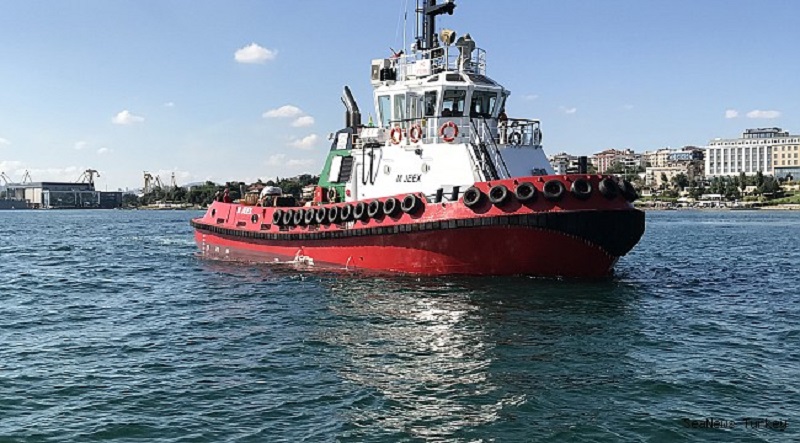
Somaliland Central
What you need to know about Somaliland's SovereigntySomaliland Economic
Somaliland considers regional economic integration as an important factor in achieving Vision 2030. To this end, it will be necessary to pursue policies that will facilitate cross border trade and attract foreign direct investment in the infrastructure required to serve and link regional markets. The key to a vibrant balanced regional trade will be the establishment of strong industrial base that produces quality exportable products, the development of port facilities and free zone areas, and the construction of good road network.
JSL Trade
Mining and mineral resources
Somaliland is rich in mineral resources. It has one of the largest gypsum deposits in the world. There are also deposits of coal, quartz, iron, gold, gems, heavy minerals and oil. There is huge potential for the development of the mining sector which if realized could catapult Somaliland into middle income country in a relatively short period. The key to the development of the sector is the formulation of appropriate policies and mining codes that meet international standards and are attractive to foreign mining companies.
Somaliland also has a range of known mineral resources such as coal, gypsum, and limestone, various gemstones as well as precious and base metals such as gold, copper, lead and zinc that should be further investigated since they present prospects for income and employment generation. Oil exploitation is also believed to be a realistic possibility based on oil finds in Yemen in similar geological formations. What is needed is a competent and transparent public regulatory and contracting authority within government to manage the decisions over rights by the private sector to exploit these resources, and a general strategy that can ensure appropriate and sound use of public resources. Given the environmental conditions with much sun and wind, renewable energy sources should also be explored. At the same time, a strategy for improving the regulatory and policy framework is needed, which would have to include capacity-building elements to maintain the existing network, as well as looking at the cost benefit of importing energy from neighbouring countries and means to decrease wastage.
Exports and Imports
Somaliland economy is a pastoral economy. Livestock contributes to over 65% of the GDP. Hence livestock constitutes the principal export from Somaliland. The main destination of Somaliland’s livestock exports is Saudi Arabia. Yemen is the second most important market.
Key economic activities. The traditional livestock and agriculture sectors dominate the economy of Somaliland and hence the employment of its people, since much of it is labor intensive. Livestock rearing, trading and exporting represent the dominant productive activity in Somaliland, followed by crops, fisheries, and forestry.
Crop production is sizeable in rainfed and irrigated crop production in Somaliland, cultivating about one-third of the area suitable for agricultural production. Rainfed crops include sorghum, maize, cowpeas, groundnut and sesame. Irrigated crops are citrus, papaya, guava, water melons and vegetables such tomato, onion, cabbage, carrot, and peppers. The sector has been vulnerable to droughts and increasingly constrained by the huge damage done to the environment and the lack of available land for cultivation. Crop production: Given Somaliland’s geographic features, it seems likely to remain a net food importer, financed by exports of livestock and fish products. The cost of producing food is relatively high, but the agriculture sector will remain important given the rather labour intensive production methods and importance for local food supply.
A strong private sector has emerged in Hargeisa and other urban centres as a result of the prolonged peace and achievement of relative security, and is currently involved in a wide range of economic activities and import-export businesses. Investments by the private sector in all these cities has resulted in the delivery of goods and services such as electricity, telecommunications, domestic water supplies, and urban waste disposal.
Other productive sectors. Looking beyond traditional livestock and agriculture, there is potential to diversify the economy in rural areas, and provide opportunities for off-farm income-earning opportunities. Currently, most of the population is involved in subsistence based production, which is highly labour intensive.
Agriculture, livestock and fisheries
The agricultural sector, including livestock, is top priority since the majority of the population derive their livelihoods from it. The key position of agriculture in the economy means that there remains a strong imperative to develop the sector to ensure food security, employment, income generation, and increased export of agricultural produce. Agriculture has the potential to spur growth, reduce poverty, and enhance food security. The development of agriculture is vital for meeting the Millennium Development Goals.
Food Security
Ensure the availability and the affordability of stable food commodities particularly for the poor by pursuing policies that encourage production and higher productivity of stable foods such as sorghum, maize and beans.
Media institutions are moving towards a free, market-oriented system, but are still constrained by weak information delivery capacity, lack of professional skills on behalf of journalists, and close links to political factions. Radio stations are the main tool for delivering information and raising public awareness in Somaliland. However, coverage in rural and remote areas, where information is needed most, is limited. Improved coverage is thus a key priority that could be accomplished through establishing low cost community radio stations or alternatively repeating stations in rural areas. In addition, capacity building of media professionals will be important, as well as the development of a communications and information policy framework that can guide the sector’s involvement, including in civil and social education efforts. The participation of women in the media sector, including at management levels, is crucial to address gender needs and priorities. In order to preserve the freedom of press, it is necessary that a general code of conduct be adopted for the media and adequate space created for private media, especially the radio.






